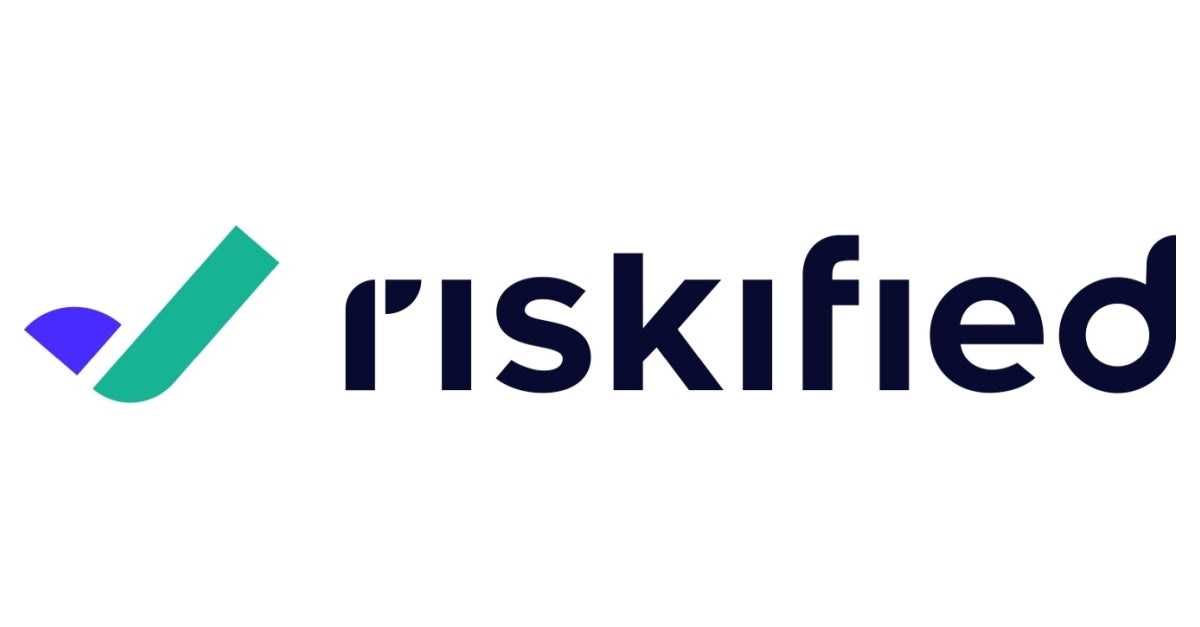
According to GlobalData estimates, the global compound annual growth rate (CAGR) of e-commerce will be 12% between 2021 and 2025. Peaks will be even taller in high-growth markets like Turkey (expected to deliver annual average growth of over 20% in the same period) and Brazil (where CAGR stands at 32%, equivalent to half of all eCommerce sales in Latin America). Capital will follow this growth in search of higher returns.
One key element of unlocking the full potential of international markets are payment options. Offering international customers the ability to transact using their preferred payment method and currency makes entry into new markets smooth and simple. Failing to do so hurts conversion rates, depresses average order values and reduces customer satisfaction.
As the most sensitive stage of the customer journey – a 2021 survey found 18% of US adults abandoned their e-carts when confronted with a slow checkout – creating an efficient, localised payment mix is the foundation for geo-expansion.
But doing so is easier said than done. Beyond the customer friction challenges, merchants must also address new fraud threats that arise from certain payment options. A report by Juniper Research finds that, by 2027, online merchants will lose $343 billion to fraud. Done right, eCommerce payments are safe, accurate and easy. Mishandled, they are a gateway for criminals. Unfortunate brands will be left with potentially fatal financial and reputational fallout.
Crossing borders for the first time needn’t be a stumbling block – provided merchants with international ambitions first familiarise themselves with two important trends.
Trend 1: new markets mean new payment preferences
Consumers want a checkout experience that is as simple as possible. This means merchants need to keep abreast of the deluge of alternative payment methods that have emerged in recent years. From eWallets to Buy Now Pay Later (BNPL) schemes, checkouts must accommodate how consumers are making purchases as well as what they are purchasing.
Market-by-market knowledge of shoppers’ preferences is a prerequisite for firms serious about global expansion. In the Netherlands, for example, bank transfers comprise 59% of transactions. In the United Kingdom, the figure is just 6% – while eWallet integration, responsible for 29% of transactions, has become a vital part of payment mixes.
Developing markets are even more diverse. In Hong Kong, credit and charge cards account for 43% of payment methods. But cash remains a crucial medium for purchasing goods and services for billions of people across Latin America and East Asia. And new solutions are cropping up all the time. Russia’s MIR – a government sponsored payment card – is picking up customers in both Thailand and Egypt. Pix, a payment vehicle created by Brazil’s central bank in 2020 to promote digital transactions, picked up 180 million users within five months of launching. Understanding different payment landscapes requires an understanding of how rapidly they can change. Merchants must be ready to change with them.
Trend 2: fraud is evolving
Onboarding novel payment preferences across multiple regions is a daunting task for merchants hoping to expand their international presence. They face a choice between speed and security: set up quickly to rake in revenues, or tread cautiously by implementing a small number of known payment options. Many will choose the latter, taking the risk of low approval rates. Implementing an international bank identification number (BIN) blacklist, for example, could leave honest money on the table by blocking purchase attempts from credit cards issued in countries where security concerns have been identified.
All payment methods have their own vulnerabilities. Fraudsters and merchants are locked in a constant battle – the more sophisticated the latter’s consumer protections are, the more devious the former becomes. This means that even the most “advanced” payment methods can result in fraudulent transactions. Yet failure to offer preferred payment methods means customers could be squandered and revenue lost. Merchants need a way around the speed-security dilemma if they are serious about scaling up in a world of cross-border commerce
Find the right partner
Every minute brands spend thinking about how to mitigate risk from new payments is time lost on refining product lines and marketing strategies for international rollouts. There is an answer: enlisting the help of experts and outsourcing the hard work to them.
A fraud prevention partner can take the risk out of cross-border eCommerce, using their knowhow to supply a speedy, accurate, and secure solution. It means brands can streamline and scale up in new markets. They can drive higher sales and cut costs. And they can resolve the trade-off between security and speed, reaping the benefits of a seamless shopping journey from their first day in a new region.
But how should they decide who that partner is? A top-of-the-range fraud prevention solution will already have a global network of merchant transactions, providing the necessary depth and breadth to identify first-time customers anywhere in the world and – crucially – disentangle them from unknown, potentially risky, shopping behaviours. It should also offer real-time capabilities to deliver efficiency, accuracy and scalability, no matter what payment type is being used or where it is. Finally, it can protect businesses from the risk of increased chargebacks when first expanding to a new market with tailored insurance products. Some vendor solutions offer 100% coverage – meaning any approved transaction that results in fraud is covered.
Riskified’s unparalleled insight into the global payment landscape makes them the ideal partner for firms looking to cash in on the eCommerce boom. To find out more about how they are cracking down on fraud and helping eCommerce flourish, download the whitepaper on this page.


